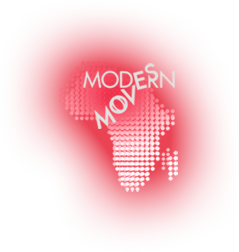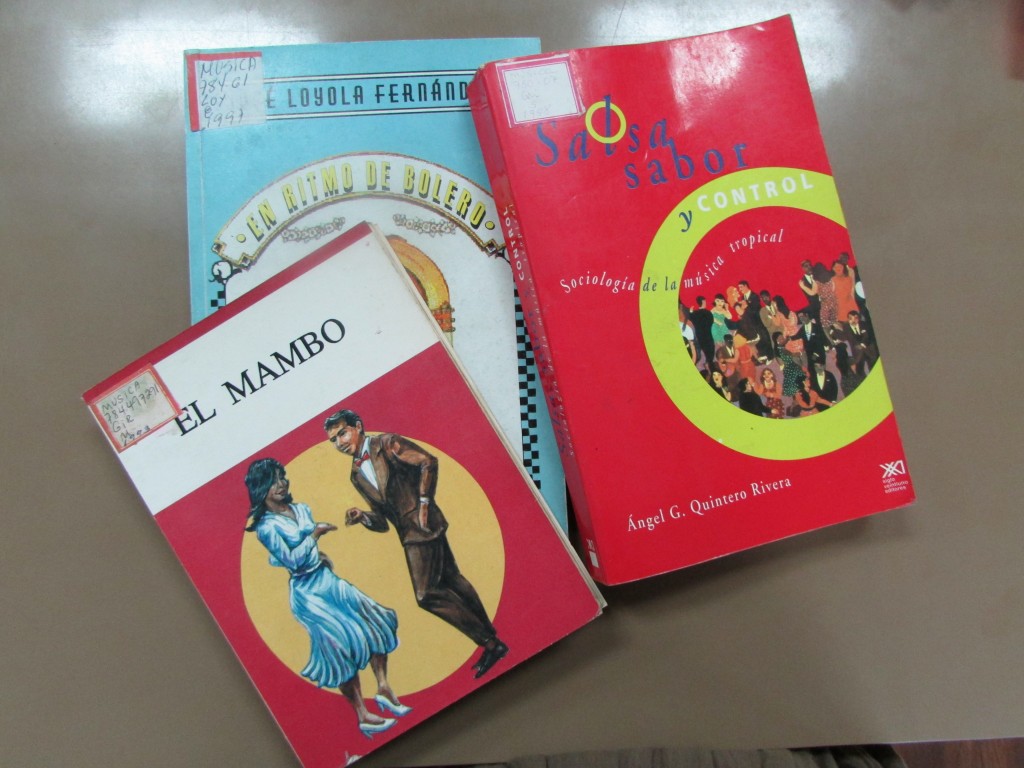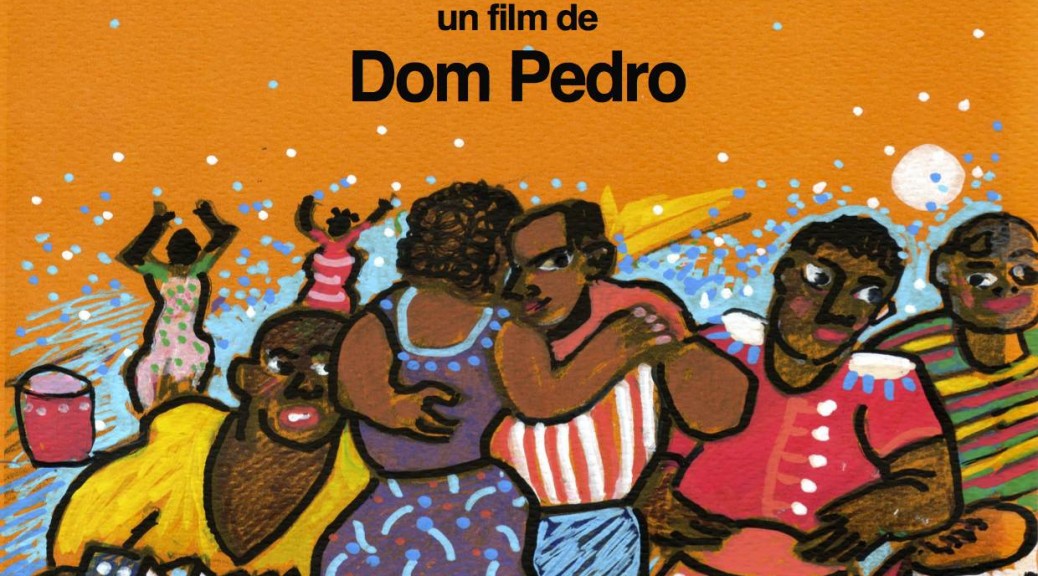Oshun, ‘la muchacha francesa’, and her ‘Maravillas de Mali!’: 1st – 7th December 2014
As usual, what was planned barely happened and each day brought its share of surprises.
This week I chased up pending meetings, I came back to places I already visited and I continued to explore some new ones. I went to the headquarters of OSPAAAL (Organización de Solidaridad de los Pueblos de África, Asia y América Latina), Museo de la Danza, Universidad de la Habana and Instituto Superior de Arte. The latter, Che Guevara’s project, was quite amazing: the atmosphere was filled with sounds made by young music students who were training everywhere in and around the Facultad de Música. Creativity, inspiration and labour were palpable, and I really enjoyed this experience.

Young music student rehearsing outdoors
After coming back for the third time to the Instituto Cubano Radio y Televisión (ICRT), I could finally start the long process of asking for the authorisation for consulting their archives, both for my own research project and other Modern Moves interests. I really hope that it will yield something tangible.
Like every week I came back again at EGREM studio to try to obtain something there, but even if I got a few little new things, it is not really what I was hoping for… Each time I met other people there, they seem to be aware of who I am and what I am looking for since when I start explaining, they interrupt me by this kind of comment ‘¡Si, la muchacha francesa, Las Maravillas de Mali!’
Well, as it is written on a little piece of wood in the ‘casa particular’ where I am staying: ‘Todas las personas que visitan esta casa nos dan mucha alegría, unas cuando llegan y otras cuando se van…’ – ‘All people who visit this house give us joy, some when they arrive, others when they leave’ —, I think that EGREM studio and some other places where I keep coming will be relieved to see me leaving their premises! However, I know that some people acknowledged my ‘obstinación y perseverancia’ and they really tried to help me in my quest.
I also returned to the national archives and national library, and dealing with sudden interruptions of service due to untimely fumigation, electricity or water cut, or other unexpected problems, I managed to collect interesting documents, like the telegrams exchanged by Ministerio de relaciones exteriores and African countries at the time of their achievement of independence.
I am also working on finding documents for other Modern Moves purposes but it seems that, like everywhere else, the topic of couple dance has been less explored than the music linked to these forms.
Speaking of which, I diversified my discovery of Cuban music and dance landscape by exploring new places. I was advised to go to Teatro Brecht for a Latin jazz, rock and funk event; I danced salsa, merengue and rueda de casino in ‘al fresco’ places or during live concerts of the new generations of mythical orchestras Conjunto Chappottin and Conjunto Arsenio Rodriguez; I went to nightclubs where I could definitely not deny that the Cuban way of dancing reggaeton is extremely far from how I learned it in Paris. As I was told, it is considered here as a couple dance, and indeed it is, with the difference that they don’t face each other.


Another interesting thing I saw in nightclubs and other places: at some points the crowd moves together with the same steps on various kind of electronic-like music and the steps they do, labeled under the name of ‘discoteca’ for which I could know so far, correspond exactly to what I learnt as kuduro when I was in Mali. In front of this manifestation of globalisation on the dancefloor, I would really like to find out more about the circulation network of such dance moves which are differently interpreted worldwide despite their shared kinetic basis.
I also attended a santeria ceremony and it was really impressive to see the initiated respond to the songs and rhythms played on the bata drums, how the crowd does certain things at specific times, all being expressed through gestures, dance moves and songs.

Bata drums played in honour of Chango
Later in the week, I watched a show made in honour of the orishas by a group of female drummers, singers and dancers. Through a completely different setting and with the representation of some orishas, it was interesting to see how Afro-Cuban religious items are used and mixed in a contemporary dance performance.

Oshun

the group of female drummers Obini Bata
I set up classes of different Cuban dance genres for next week, and I am now about to start with danzon and danzonete!






